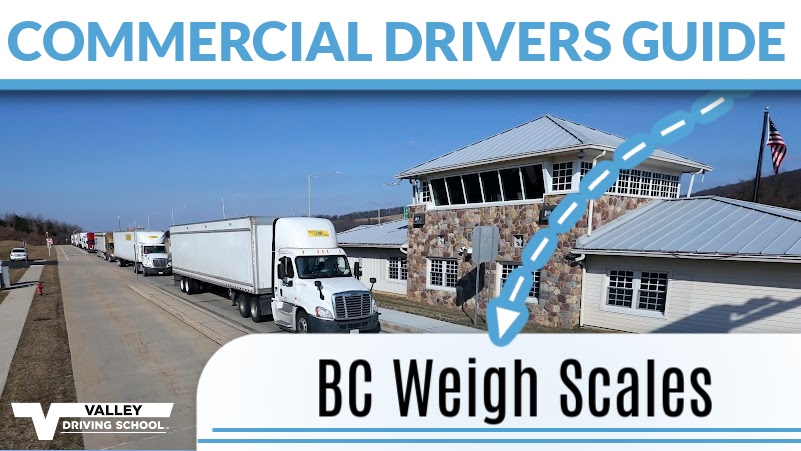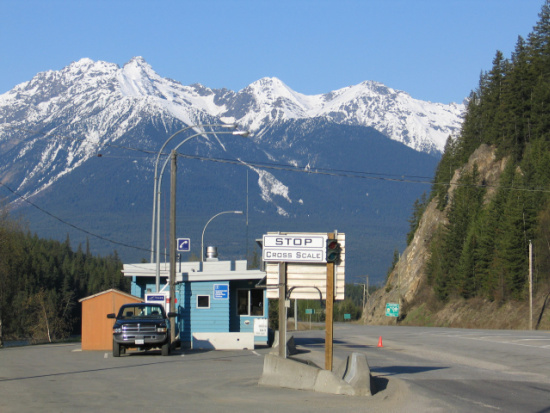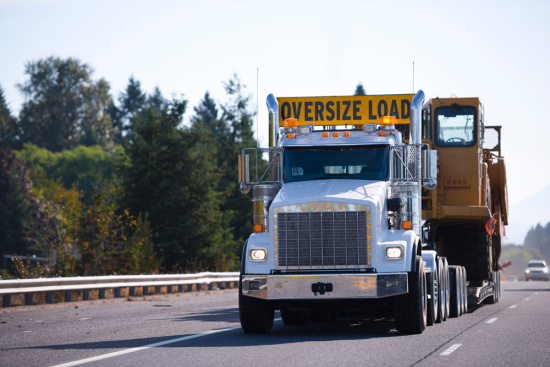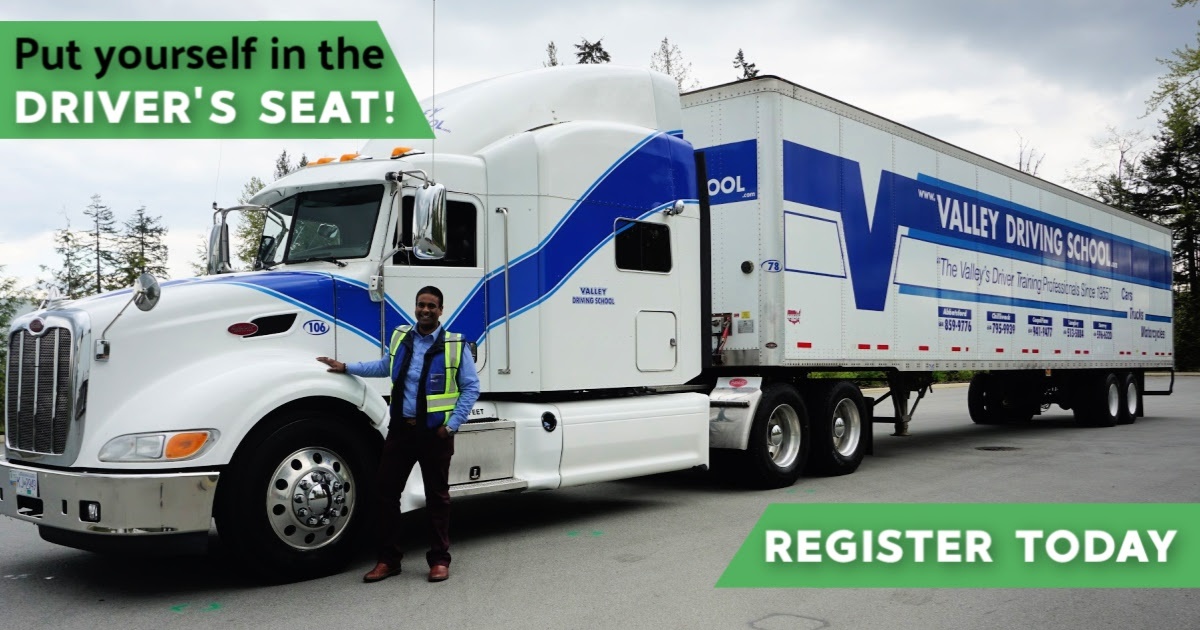As a commercial driver, having a good understanding of the weigh scale system in BC is important. Highway checkpoints, also known as weigh scales, allow the Commercial Vehicle Safety Enforcement Branch (CVSE) to inspect vehicle weights and conduct vehicle inspections. The CVSE is entrusted with the task of ensuring that all commercial vehicles comply with the rules that govern scales on highways in British Columbia. Only commercial vehicles with a licensed GVW (gross vehicle weight) exceeding 5,500kg are required to report to scales.

What types of weigh scales are in British Columbia?
There are 30 weigh scale stations in British Columbia, and they are either Weigh-In Motion (WIM) Stations or Automatic Vehicle Identification (AVI) Technology Stations. The focus at these stations is weights, driver qualifications, permit conditions, mechanical fitness, dimensions, dangerous goods, moving violations and insurance.

Weigh-In Motion Stations check commercial vehicles with a registered transponder as they are travelling at highway speeds while approaching WIM stations. Vehicles are checked for height, weight and safety credentials. If the vehicle is following the regulations, the driver is signaled a green light on their transponder, also known as the “good-to-go” signal. If non-compliant, vehicles are signaled by a red light on their transponder and must report to the station immediately. Vehicles may also be subjected to random checks. If the station is open and no light is signaled, you must report to the station. If the station is closed, you can bypass the station.
If the first station stop is an Automatic Vehicle Identification (AVI)-equipped station, it always results in a red light. The driver must report to the station to be weighed, measured and checked on the static scale by an inspector. Once the inspection is completed, vehicles in compliance are issued a “good-to-go” signal, which is communicated throughout the Weigh2GoBC network. If drivers only encounter the automatic vehicle identification type of stations, they must report at least every 24 hours to maintain their status.
What is the Weigh2GoBC system?
The Weigh2GoBC system is a free to join network of weigh-in-motion and automatic vehicle identification stations. Commercial drivers can register ahead of time, allowing them to bypass traditional scale stations. By reducing the number of vehicles that must report to inspection stations, inspectors have time to identify and focus on higher-risk carriers. This also saves drivers time, fuel and money, and reduces greenhouse gas emissions.
Once enrolled, commercial drivers are assigned a random reporting percentage based on their safety record and on-road performance. The random reporting percentage can be lowered by following safety rules and regulations, and keeping their information up to date in the Weigh2GoBC system.
Once a vehicle gets approved at one station, vehicles found in compliance can bypass all Weigh2Go equipped stations for the next 24 hours which has been increased from the original 12 hours the program started with in 2010. Vehicles may be subject to random checks, even if the drivers credentials are in order. It’s important to note that enrollment does not guarantee an automatic bypass at all stations.
A commercial vehicle driver may get stopped from proceeding at a Weigh2Go station if the vehicle fails any of the “credential checks”. A vehicle can also get stopped if it fails either the weight or credential check or both, at a weigh-in-motion enabled site (WIM). A vehicle can also be halted if it enters the Weigh2GoBC corridor at an automated vehicle identification enabled site (AVI). Vehicles can also be selected for random reports.

Are CVSE permits required?
All commercial vehicles must have a written permit specified by the Commercial Transport Fees Regulations for different purposes, such as overload permission, oversize permit, non-resident trip permit and quarterly non-resident commercial permit.

Overload permits are issued in cases where loads cannot be reduced or where the vehicle is not licensed up to its allowable width.
Oversize permits are applied on irreducible loads. If the irreducible load exceeds 4.4 m, a permit must be sought from the Commercial Transport section (weight and dimensions).
A non-resident single trip permit is valid for one trip into and out of the province for 30 days. This permit can be obtained from inspection stations, appointment agents or government agents.
A quarter non-resident commercial permit is only valid for a period of 3 months for the purpose of transporting passengers and goods into, and about and out of the province. The fees paid on this permit is a quarter of the total fees paid by vehicles of the like weight. This is issued quarterly in January, April, July and October and terminated in March, June, September and December respectively.
Highway crossing permits are issued to vehicles crossing a public highway from an industrial road and must also be accompanied by an insurance coverage and crossing permit. When applying for these permits, you need the documents: registration and permits for all vehicles, logbook and pre-trip inspection report. After obtaining the permit, the vehicle is allowed to move along the highways.
–
For commercial drivers, possessing a solid grasp of British Columbia's weigh scale system holds significant importance whether you reside and drive commercially within BC all the time or you’re just coming through on an occasional trip. To ensure you’re compliant with CVSE weigh scale regulations, you can contact any of the inspection stations to speak with a scale master directly to discuss your specific requirements.

